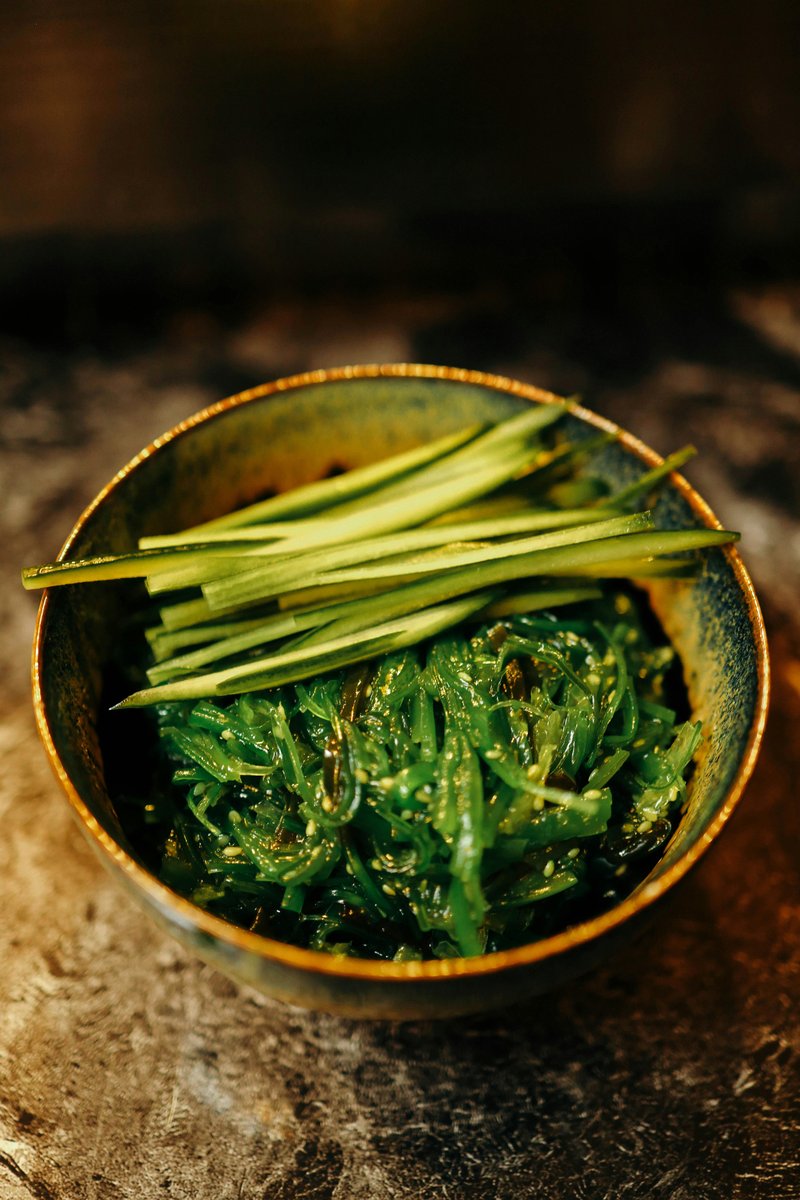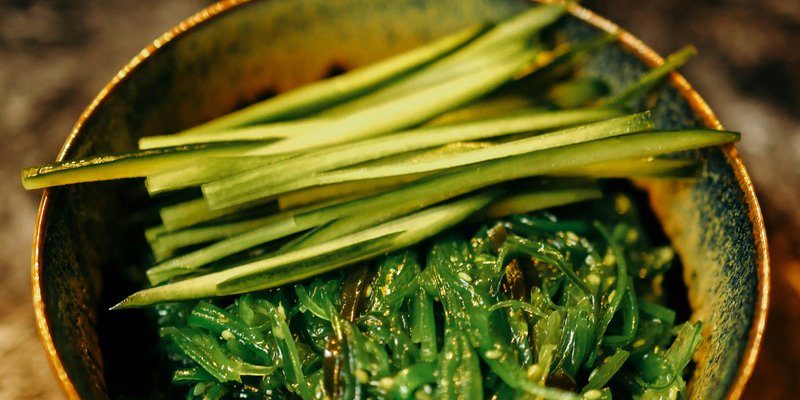
So, what do plecostomus eat? It’s a bit more complicated than you might think. These fish are omnivores, meaning they enjoy a varied diet. Think of it like making a colorful salad—lots of different ingredients come together to create something delicious and nutritious. In this article, we’ll explore their feeding needs, how to create a sensible feeding schedule, and some handy nutrition tips to keep your pleco satisfied. Let’s dive in!
Understanding the Diet of Plecostomus
Plecostomus are not picky eaters, but their diet should be well-rounded. Their natural habitat consists of a mix of algae, plant matter, and small invertebrates. This means you need to think about including several food types in their diet. One of the most fun aspects of being a fish owner is experimenting with different foods and seeing what your pleco enjoys the most.
Here’s the thing: while plecos love to munch on algae, that shouldn’t be the only thing they eat. Providing them with a variety of foods helps ensure they get the necessary nutrients. If you rely solely on algae, you might notice your pleco becoming undernourished. Think of it like eating only one type of food for every meal—you’d miss out on plenty of essential vitamins and minerals.
In their natural environment, plecos graze on the surfaces of rocks and plants. In your aquarium, you can replicate this by offering algae wafers, fresh vegetables, and occasionally, some protein-rich foods. Mixing these items into their meals can create a balanced diet. Now, let’s look closely at the different food types that plecos enjoy.
Types of Food for Plecostomus
You might wonder what specific foods you can provide for your plecostomus. Here’s a breakdown of the different types of food that are popular among pleco lovers.
- Algae Wafers: These are specially formulated for plecos and are widely available in pet stores. They’re packed with nutrients and are a great staple food.
- Fresh Vegetables: Plecos love veggies! Some favorites include zucchini, cucumbers, and sweet potatoes. Just make sure to peel and slice them into manageable pieces.
- Protein Sources: Occasionally, you can offer them bloodworms or brine shrimp. These high-protein treats are especially good for young or growing plecos.
- Botanical Leaves: Items like Indian almond leaves or oak leaves can provide both food and a special place for your pleco to hide.
- Repashy Gel Food: This is a special food that can be made into a gel, allowing you to create various nutrient-dense foods tailored to your pleco’s preferences.
By mixing these food types, you ensure your pleco gets the nutrition they need. Just remember, moderation is key. You don’t want to overfeed them, as that can lead to water quality issues and health problems.
Feeding Schedule for Your Plecostomus
Now that you have a good idea of what plecostomus eat, let’s talk about when and how often to feed them. Establishing a feeding schedule helps maintain their health and keeps your aquarium clean.
Most plecos thrive on a feeding routine of once a day. Here’s how you might set it up:
- Daily Feeding: Offer a small amount of food daily. This could be a few algae wafers or a couple of slices of fresh vegetables.
- Weekend Treat: Once a week, give them a higher protein treat like bloodworms or a different type of vegetable.
- Monitor Portion Sizes: It’s important to feed only what they can consume in a few hours. If you see leftover food, you’re likely overfeeding.
This routine keeps your pleco happy and healthy. Plus, feeding at the same time every day can help establish a bond between you and your fish as they learn to recognize when it’s mealtime.
Signs of a Healthy Plecostomus
As a pleco owner, it’s crucial to know what a healthy fish looks like. Observing your plecostomus can give you insights into their diet and overall well-being.
Here are some signs to watch for:
- Active Behavior: A healthy pleco is generally active and explores its environment. If your fish often hides or seems lethargic, it may not be eating enough.
- Clear Skin: Their skin should be clear and free of lesions or unusual growths. A healthy pleco has vibrant colors and no signs of stress.
- Good Appetite: When you feed them, a healthy pleco eagerly approaches the food. If they seem uninterested, it might be worth investigating further.
If you notice any unusual changes in your pleco’s behavior or appearance, it’s wise to consult with a veterinarian who specializes in fish.
Common Mistakes When Feeding Plecostomus
Even the most seasoned aquarium owners can make mistakes when feeding plecostomus. Here are a few common pitfalls to avoid:
- Overfeeding: It’s tempting to spoil your pleco with food, but excessive feeding can lead to bloating and poor water quality. Stick to the recommended portions.
- Ignoring Variety: A diet solely based on algae wafers isn’t enough. Make sure to mix it up with vegetables and protein-rich foods to keep them well-nourished.
- Feeding Incompatible Foods: Some foods are too rich or unsuitable for plecos. Avoid processed foods meant for other fish species or those high in fat.
By being aware of these mistakes, you can better care for your plecostomus and help it lead a healthy, joyful life.
Feeding your plecostomus is more than just dropping some food into the tank. It’s about understanding their dietary needs and creating a balanced feeding schedule. By offering a variety of foods and monitoring their health, you can ensure your pleco thrives in its underwater home.
Remember, every pleco is unique, and it may take a little trial and error to find the right diet and schedule that works best for your fish. Keep your tank clean, provide the right food, and your plecostomus will reward you with its delightful presence. Happy fish keeping!

